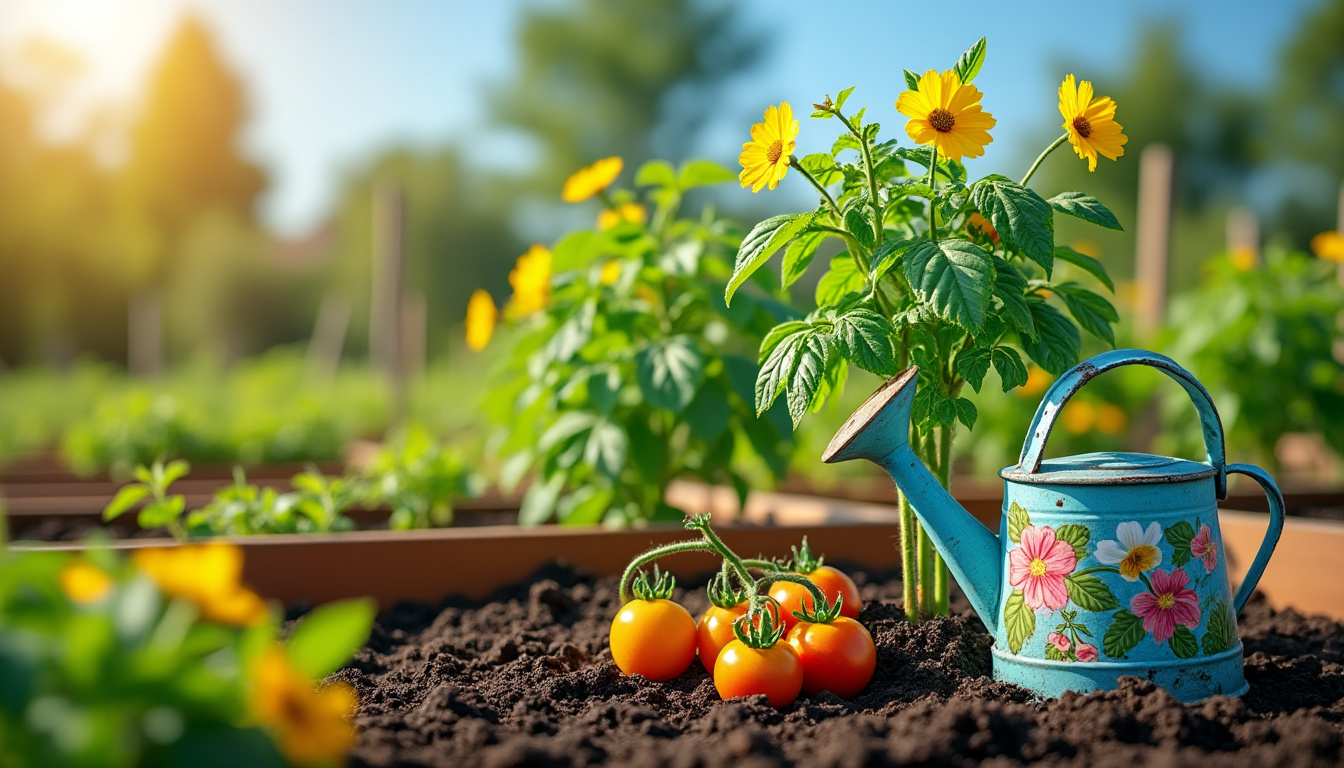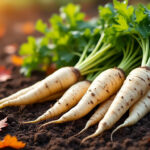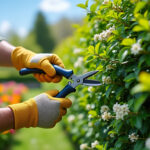Growing tomatoes is a delightful and rewarding journey for any gardening enthusiast. Understanding the optimal time to plant these vibrant fruits is crucial for ensuring a prolific harvest. In this guide, insights from expert gardeners will illuminate the essential factors of timing, temperature, soil conditions, and practical tips to enhance your tomato-growing experience.
Understanding The Best Time to Plant Tomatoes
Timing is paramount when it comes to planting tomatoes. These plants favor warm weather, requiring specific temperature conditions to thrive. Generally, tomatoes should be transplanted outdoors when nighttime temperatures consistently exceed 50 degrees Fahrenheit and daytime temperatures remain above 60 degrees Fahrenheit. This typically aligns with late spring, around April or May for most USDA Zones.
The Risks of Planting Too Early
Planting tomatoes prematurely can expose them to damaging frost and heavy rainfall. Such conditions may hinder their growth or even lead to their demise. Additionally, seeds sown too early may rot in the chilly soil before germination. This emphasizes the importance of patience and careful consideration of the local climate before sowing seeds.
Consequences of Late Planting
Conversely, planting tomatoes too late poses its own set of challenges. Many varieties require a long, warm season to develop and mature fruit. If planted later in the season, tomatoes may struggle with excessive heat, leading to poor growth and diminished yield. In instances where the growing season is limited, acquiring seedlings from reliable sources such as Gardener’s Supply Company or Burpee may be a wise alternative to direct sowing.
Practical Tips for Successful Tomato Cultivation
To cultivate thriving tomato plants, consider the following expert recommendations:
- Plant Seedlings Deep: Ensure that seedlings are placed deeply into the soil, promoting additional root development for a more robust plant.
- Transplant on Cloudy Days: Move seedlings during overcast conditions to protect them from intense sunlight that could cause transplant shock.
- Provide Support: Utilize tomato cages or stakes early on to support upward growth, keeping the foliage off the ground to enhance airflow.
Caring for Your Tomato Plants After Planting
Once planted, tomatoes demand consistent attention to flourish:
| Care Tip | Description | Benefits |
|---|---|---|
| Water Deeply 💧 | Ensure thorough watering, reaching the root zone effectively. | Prevents nutrient deficiency and promotes strong growth. |
| Employ Mulching 🌱 | Use organic mulch around plants to maintain soil moisture. | Protects roots from extreme temperatures. |
| Implement Fertilization 🌼 | Regularly feed with a balanced fertilizer throughout the growing season. | Enhances fruit quality and overall plant health. |
Types of Tomatoes to Consider
Tomatoes can be broadly categorized into two types, each with unique characteristics:
- Determinate Tomatoes: These are compact and produce fruit in a concentrated period, making them excellent for canning.
- Indeterminate Tomatoes: Vining types that continue to produce throughout the growing season, perfect for fresh consumption.
Starting from Seeds
For those who prefer to start from seeds, begin indoors six to eight weeks before the last frost date. This approach allows seedlings to establish a strong foundation before being relocated outdoors.
Acquiring Seedlings
Purchasing seedlings from reputable distributors like Tomato Growers Supply Company or Thompson & Morgan ensures access to healthy and vigorous plants, ready to take root in the garden.
When is the best time to prune your hibiscus?
Harvesting And Storing Your Tomatoes
The joy of harvesting arrives when tomatoes reach their peak ripeness. Tomatoes should be picked when fully colored and slightly soft to the touch. To maximize flavor, allow them to reach room temperature after harvesting before consuming.
FAQ
1. When should tomatoes be planted outdoors?
Most tomato plants thrive when planted after the last frost, typically in late spring, once nighttime temperatures exceed 50°F.
2. What happens if I plant tomatoes too early?
Planting too early increases the risk of frost damage, which can stunt growth or kill the plants entirely.
3. How can I choose the right tomato variety?
Consider your growing conditions and whether you prefer determinate (compact, concentrated harvest) or indeterminate (vining, ongoing harvest) types.
4. What is the best way to water tomato plants?
Water deeply and less frequently to encourage strong root development, but ensure the soil doesn’t dry out completely.
5. Should I fertilize my tomatoes, and when?
Yes, apply a balanced fertilizer approximately two weeks after planting and continue every couple of weeks during the growing season.
By diligently applying these methods and tips, any gardener can enjoy a bountiful harvest of flavorful tomatoes, bringing a taste of summer into their kitchen all season long.















